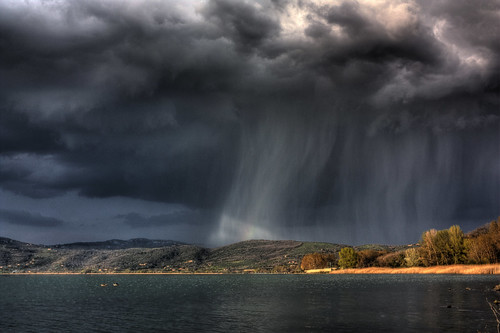Tips For Stunning Storm Photos
Mother nature throws us some spectacular sights and capturing storm events such as lightning can be a challenging task. It takes a little knowledge, common sense and an understanding of your gear to conjure up stunning images. A lot of the guesswork is taken out of the equation thanks to the many automatic settings on digital cameras, but it is the preparation and patience that really makes for great photos.
Safety is paramount
No image is worth putting yourself at risk of injury, so don’t take any chances. Check the weather forecast closely to give you some idea of the severity of the storm. Make sure shelter is close at hand in case you need it quick, because the weather can go from bad to worse in a flash. If there is lightning, remember to stay away from hills and high ground; avoid open spaces and power lines; stay away from tall objects such as fences and trees; stay out of water; and don’t use wired telephones or electrical appliances such as computers or televisions. Strong wind can whip up debris so use your common sense and head for shelter at the first sign of danger.
How to get great photos of lightning
The best lightning photos are taken at night with the sharp white light creating amazing effects against the black backdrop of a stormy sky. You should start by using the automatic settings on your camera (brands such as Canon cameras will have something like a fireworks setting that you could use), but don’t be scared about switching to manual and playing with the shutter speed and F stop. Other aspects to consider include:
- · Use a tripod and the self timer to keep the camera steady;
- · Turn off the flash;
- · Focus to infinity – this means switch to manual mode and focus as far away as possible, or as far as the lense will turn;
- · Use the noise reduction option if available;
- · Keep the aperture between f/5.6 and f/8 and use a low ISO setting if using manual settings;
- · Patience and anticipation are vital.
Striking storm clouds
An angry sky can evoke some powerful images, but what makes great pictures is by using clever framing and a strong consideration of the foreground and background. Simply shooting straight up into the sky isn’t going to have the same effect as clouds hovering over water or enveloping a hill or buildings. The same goes for lightning photos – add some interest to the skyline with tall buildings if possible. Storm clouds will be shot during the day so turn off the flash, start with automatic settings and tweak these to get even better results. Don’t be scared to experiment. Use a tripod whenever possible as well. It’s not always the core ingredients of the storm, such as clouds and lightning, that make the best images. The result of the storm can also be dramatic, such as waves whipped up by strong winds, flooded roads, trees that have blown down or traffic banked up in torrential rain. Always remember to either shoot such images from shelter or take all the necessary precautions to ensure your safety.





